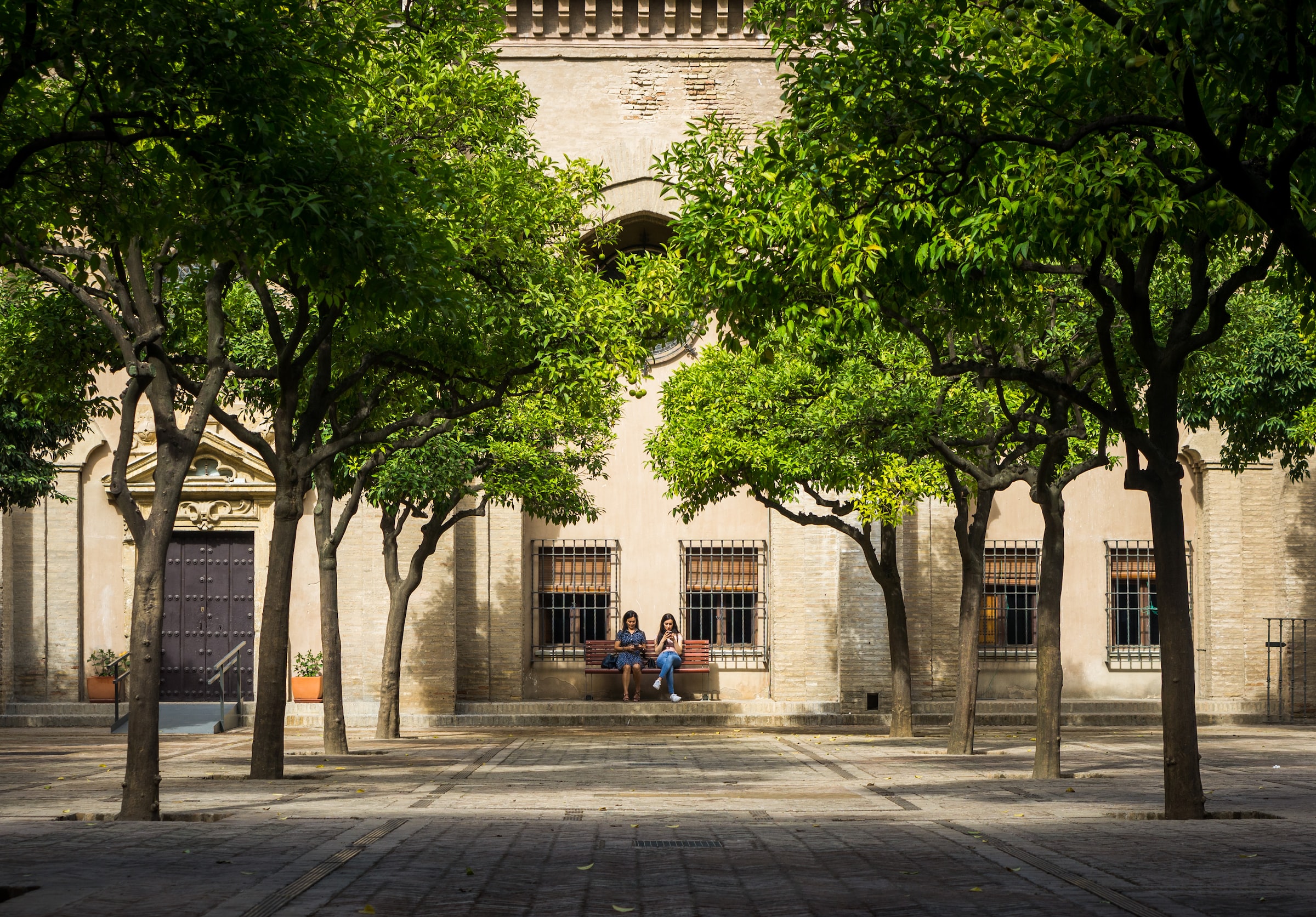May 2, 2013
From Moorish to Moreish: Food That Takes You Back 1000 Years
Between snow-peaked mountains and the sea, Andalusia boasts some extraordinarily fertile areas, where the subtropical-Mediterranean climate and the terrain work together to allow almost anything to be grown. From bananas, custard apples and mangos along the coast to almonds, olives, figs, oranges and stone fruits further inland, the Granada province is a real haven for lovers of fresh, real ingredients.
A great many of these fruits, vegetables, spices, herbs and even grains were originally introduced to these lands by Muslims, mainly Berbers from North Africa who led a swift and relatively easy occupation in the year 711 CE. By the 14th Century many more had reached Granada, and the valleys of Lecrin and the Alpujarras, and declared them to be the lost paradise of man.
They got to work developing the exiting Roman system of aquedusts, dug into the mountain slopes to channel snowmelt to smallholdings in the valleys below; some of this water was diverted to refill underground reservoirs, which fed the springs, very much like the irrigation systems of Yemen [check].
With this system of watering – essential in an area like this, where there is no rainfall throughout the summer – small-scale farmers could begin to grow oranges, lemons and mandarins, thirsty trees that need a lot of water to produce their fruits. The Moors also brought almonds, which could be cultivated in stony, high-altitude slopes and didn’t need much watering; at about 1000m we also find peaches (including those delicious flattened ones, paraguayos), cherries, plums, apricots (the word in English comes from the Spanish albaricoque, itself from the Arabic al-barquq) and the Moorish berry pare excellence, mulberries – called ‘mora’ in Spanish, meaning ‘Moorish (fruit)’!
The mulberry trees, apart from giving excellent, juicy, purple or white berries, sometimes as large as a small plum, were planted quite extensively to provide leaves for silkworms, which will not eat any other kind of leaf – fussy eaters, indeed. The silk trade was one of the most important trades for the Moors of Granada; in the Albaicin there is the Corral de Carbon, the best-preserved medieval caravansarai in Europe, where silk traders from Venice would stay when on business trips.
However, it was simply for the benefits of the ordinary person’s plate that the Moors imported a great many plants. Honeydew melons, watermelons, quinces, loquats, persimmons, carob pods, and figs are among the many fruits that still make Spain a mouth-watering place to visit. Sugarcane and cinnamon were also introduced by the Moors, giving some idea as to their sweet tooth; even today, many pastries that are seasonal favourites of Spanish people, particularly ones flavoured with cinnamon, aniseed, almonds and sesame, are based on Moorish recipes.
We also have the Moors to thank for their introduction of spices and herbs, such as cumin, coriander (both still favourites for stews), nutmeg, cloves and peppercorns. The names of some of these reveal their Arabic origins: basil (albahaca), saffron (azafrán), aniseed (anís), and sesame (sésamo, or ajonjolí, from the Arabic simsim and the Arabic Hispianic agh-ghongolín respectively).
The ancient knowledge of the Moorish regarding cultivation and cooking was largely lost during the Reconsquista and subsequent persecution, ethnic cleansing and expulsion of the Moors. Nevertheless, those very few Moors who remained in Spain – it is thought that there were no more than 10,000 of them, scattered from Toledo to Seville and further afield – somehow managed to preserve some of their recipes. The Mudéjar style enjoyed a certain popularity for centuries after, in architecture and cuisine, if nothing else.
It is therefore with immense pleasure that Al-Andalus Experience is able to offer tailored tours of Andalusia, which incorporate visits to these richly fertile areas in the Granada province and beyond. AE can arrange visits to functioning ‘huertos’ (food gardens) run by Spanish Muslims today, where visitors can sample fruits picked freshly from the tree, learn how to cook a real paella – the traditional Thursday night rice dish in which the wek’s leftovers of meat, fish and/or vegetables would be cooked, to be served communally – and learn all about Moorish cuisine first-hand with resident chef, Jafar.
If all of this has whetted your appetite, contact us for more information about customised Moorish food tours. ¡Que aprovechen! (Bon appetit!)
Written by Medina Tenour Whiteman for Al-Andalus Experience, in 2013.
